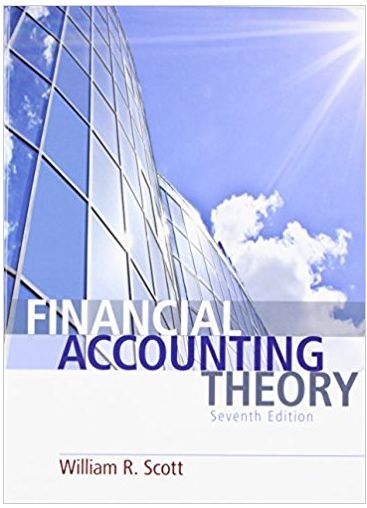Refer to Theory in Practice 3.2, in Chapter 3. Required a. The Kmart CEO charged by the
Question:
Required
a. The Kmart CEO charged by the SEC was hired in May 2000 and fired in March 2002. Despite Kmart losses of $ 3.9 billion for the five quarters ended April 2002, the CEO received total compensation of almost $ 23 million during his tenure. Presumably, much of this compensation was in the form of Kmart shares and ESOs. Awarding manager compensation in the form of company shares and ESOs should, in theory, discourage the type of opportunistic behaviour charged against the Kmart executives. Explain why.
b. The theory seems to have broken down in Kmart’s case. Explain why. Suggest an alter-native, non- opportunistic strategy that management could have adopted to control the damage in response to Kmart’s solvency problem.
Solvency
Solvency means the ability of a business to fulfill its non-current financial liabilities. Often you have heard that the company X went insolvent, this means that the company X is no longer able to settle its noncurrent financial...
Fantastic news! We've Found the answer you've been seeking!
Step by Step Answer:
Related Book For 

Question Posted:





